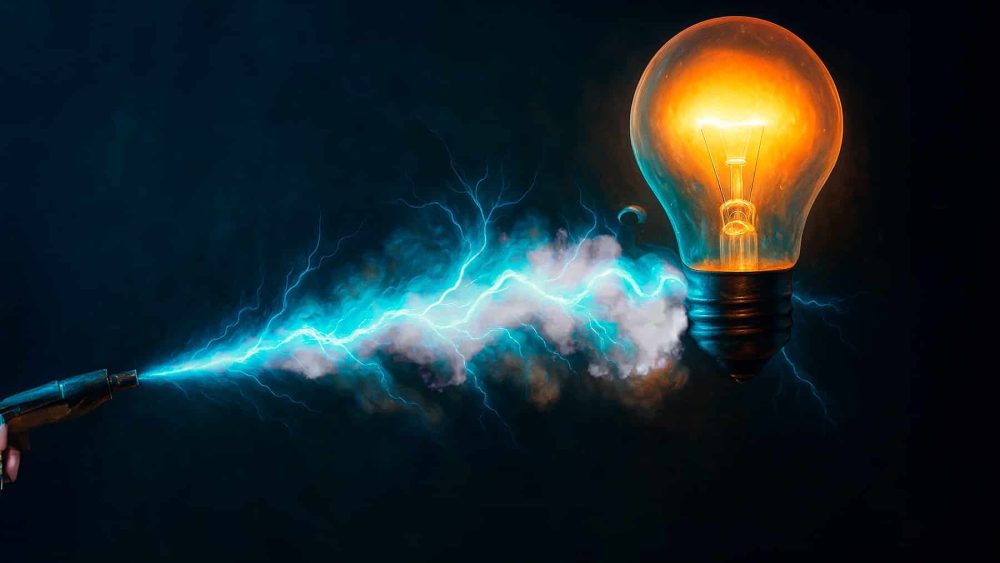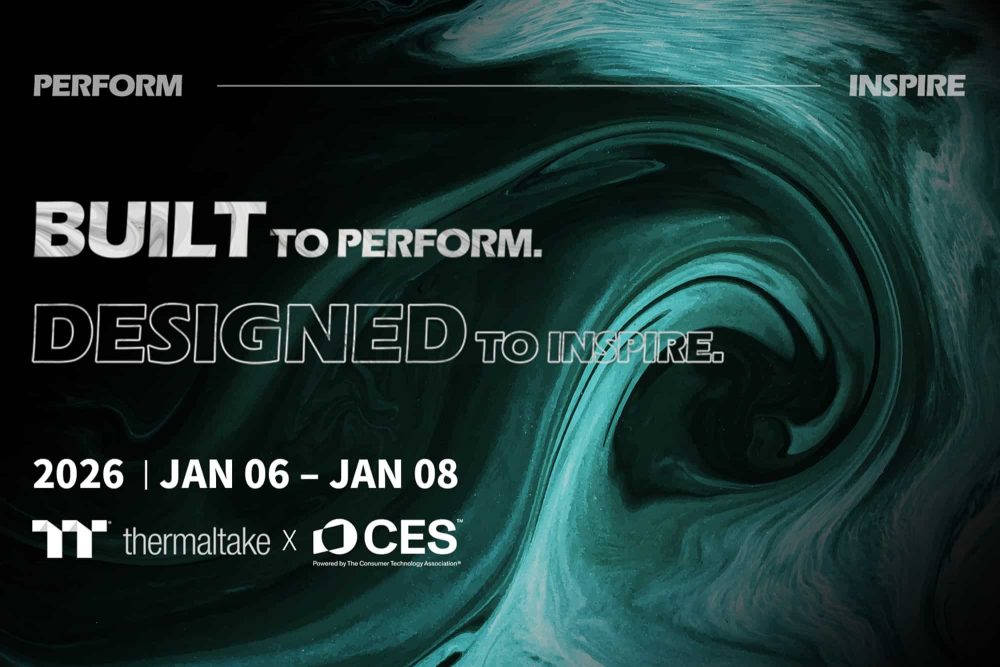For over half a century, solar panels have stood as the icon of clean energy—a silent, radiant force harnessing sunlight to power our world. However, in 2025, researchers from Hong Kong and Singapore may have just rewritten the rules with the first successful generation of evapolectricity: electricity derived not from sunlight or motion, but from water vapor.
Solar Panels: The Gold Standard of Renewables
Solar panels rely on photovoltaic cells that convert sunlight directly into electricity. These cells operate most efficiently in direct sunlight, with an efficiency range typically between 15% and 22%.
Strengths:
-
Proven and scalable, with decades of data and infrastructure.
-
Continuously dropping costs due to economies of scale.
-
Ideal for rooftops, solar farms, satellites, and off-grid systems.
Limitations:
-
Dependent on sunlight, making them less effective in cloudy, shaded, or nighttime environments.
-
Efficiency losses due to heat buildup and panel angle.
-
Manufacturing requires rare materials and high energy input.
Evapolectricity: Power from Thin Air
How It Works: The evapolectric generator consists of a porous polyvinyl alcohol (PVA) hydrogel and a thermoelectric generator. As water evaporates from the gel, it cools the upper surface. The temperature difference between the cooler top and warmer base generates electricity via the thermoelectric effect—no sunlight is required.
Strengths:
-
Generates electricity independently of sunlight—day or night.
-
Works in humid, low-light, or indoor environments.
-
Can power small electronics, including wearables, sensors, and medical trackers.
-
Uses low-cost, soft materials and promises battery-free future devices.
Limitations:
-
Still in the early development stages.
-
The current power output is modest, suitable only for low-power devices.
-
Output depends on environmental humidity and airflow.
Head-to-Head: Evapolectricity vs Solar
| Feature | Solar Panels | Evapolectricity |
|---|---|---|
| Maturity | Commercial & Global | Emerging, lab-tested |
| Energy Source | Sunlight | Water vapor (evaporation) |
| Best Use Case | Homes, grids, satellites | Wearables, sensors, indoor devices |
| Efficiency (real-world) | 15–22% | Comparable or higher at small scale |
| Operation | Requires sunlight | Works in any light condition |
| Scalability | Highly scalable | Currently limited to small devices |
| Innovation Potential | Incremental | Groundbreaking paradigm shift |
What’s Next?
Researchers suggest that by tweaking hydrogel composition and thermoelectric design, evapolectric power could increase tenfold. That would make it not only a supplement to solar but a potential rival—particularly in urban or indoor settings where photovoltaics fall short.
If successful, evapolectric systems could enable:
-
Self-powered smart textiles
-
Indoor health monitors
-
Remote IoT sensors
-
Sustainable battery-free gadgets
The sun may still reign supreme for powering cities and data centers, but evaporation has quietly entered the chat—and it’s whispering the future. In a world increasingly focused on ambient power, energy resilience, and sustainability, evapolectricity could be the breakthrough we didn’t know we needed.
Solar panels may have lit the way, but in the age of evaporating power, the sky (or rather, the air) might truly be the limit.



Another bullet point that should always be included when talking about the cons of solar panels is soiling, as basically all solar panels are susceptible to a reduction of efficiency and capability as dirt and dust accumulates on them.